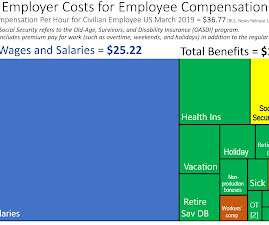How to Improve Employee Engagement in the Manufacturing Industry?
Empuls
FEBRUARY 6, 2023
At the moment, manufacturing companies are dealing with many challenges such as labor shortages, skill gaps, high turnover rates, and more. To soften these blows as much as possible, employee engagement in the manufacturing industry becomes critical. Manufacturing jobs can be physically demanding.

















Let's personalize your content